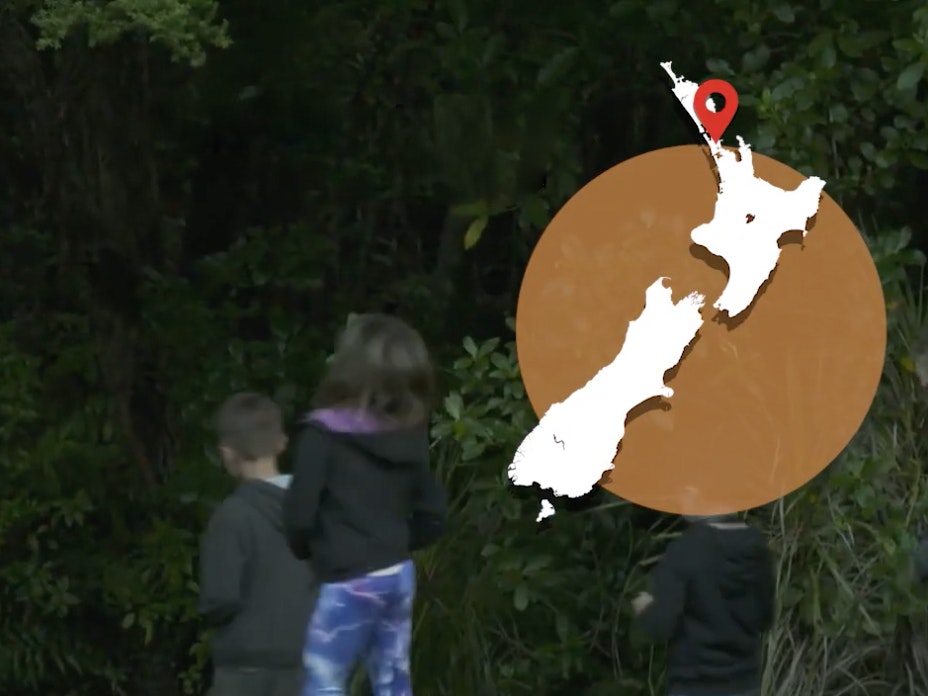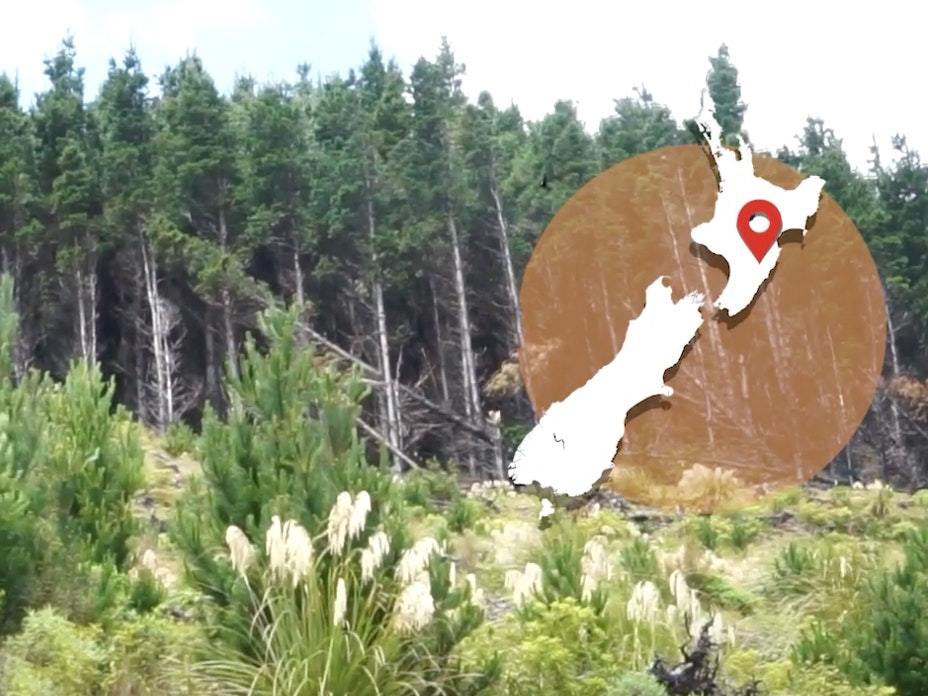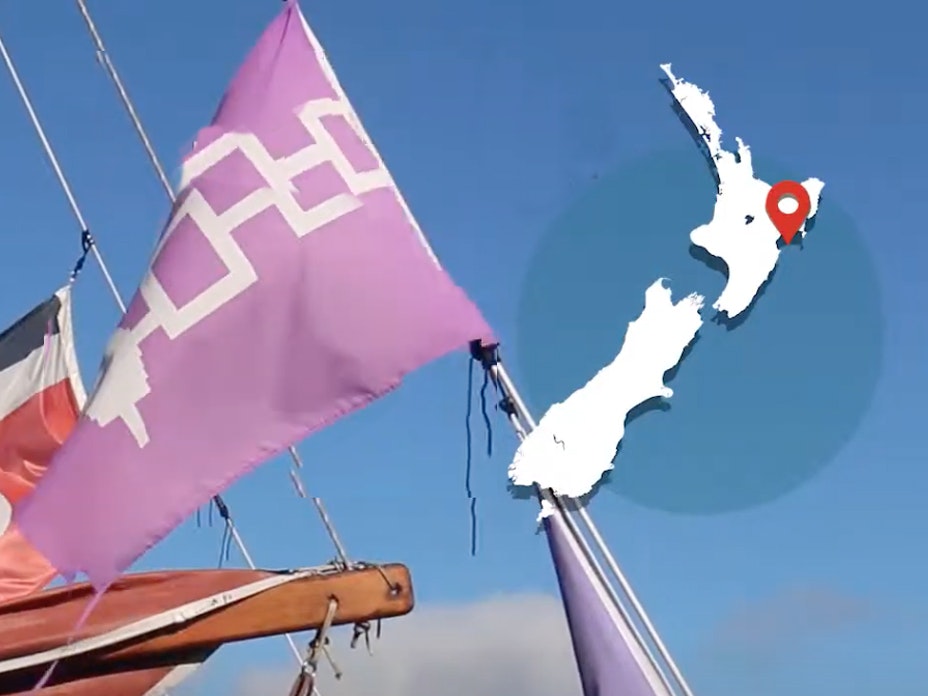
Bat tracking, Waitākere Ranges
Auckland Council are funding community projects to track native bats in Auckland's Waitākere ranges in an effort to understand the threats the unique animals are facing.
Free museum entry for New Zealanders and people living in New Zealand
Open every day 10am-6pm
(except Christmas Day)
Free museum entry for New Zealanders and people living in New Zealand
The Glass Packaging Forum is focused on the recovery of glass containers and jars from across Aotearoa New Zealand and returning them to the furnace to complete a ‘full circle’.
***
Ko te aronga matua o te Glass Packaging Forum, he kohikohi i ngā ipu kōata me ngā pātara mai i ngā rohe katoa o Aotearoa, ā, ka whakahokia ki tētahi umu hei whakatutuki i te ‘huringa tukurua’.
Using recycled glass to produce new bottles and jars means furnaces can run at lower temperatures, reducing carbon emissions.
It also means using less virgin materials such as sand and soda ash. Every tonne of recycled glass saves approx 670kg of C02 emissions compared to making the glass from scratch).
On average, a glass bottle or jar made in Aotearoa New Zealand contains 69% recycled glass.
See people getting hands-on to help fight climate change.
Grab your phone and volunteer for a nature project near you: tepapa.nz/collaborate
This project is part of Te Taiao | Nature at Te Papa.

Auckland Council are funding community projects to track native bats in Auckland's Waitākere ranges in an effort to understand the threats the unique animals are facing.

The Palmy Pine Pulling Posse are devoted environmentalists who cull invasive pines that stop native bush from growing.

Te Karu o Te Ika Voyaging Trust and 5 Gyres Institute are using the waka (boat) Te Matau a Māui to help measure the amount of microplastics in the ocean. This is the first microplastics trawl in Aotearoa New Zealand’s waters.